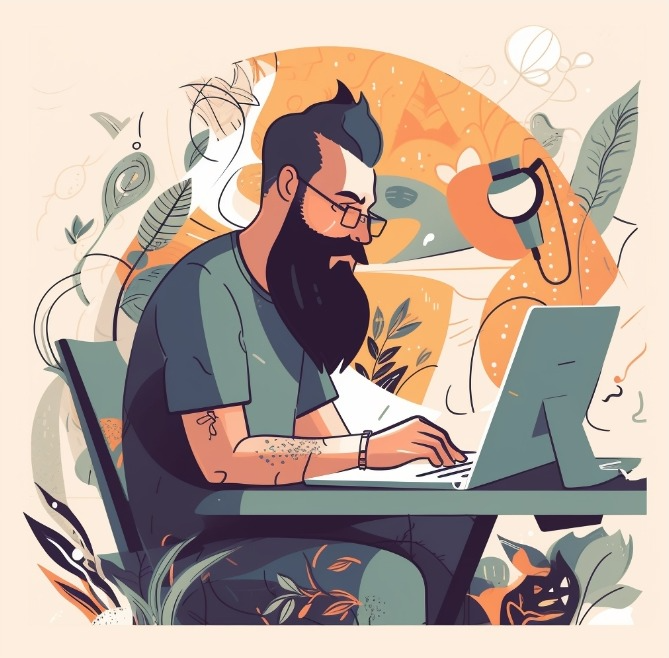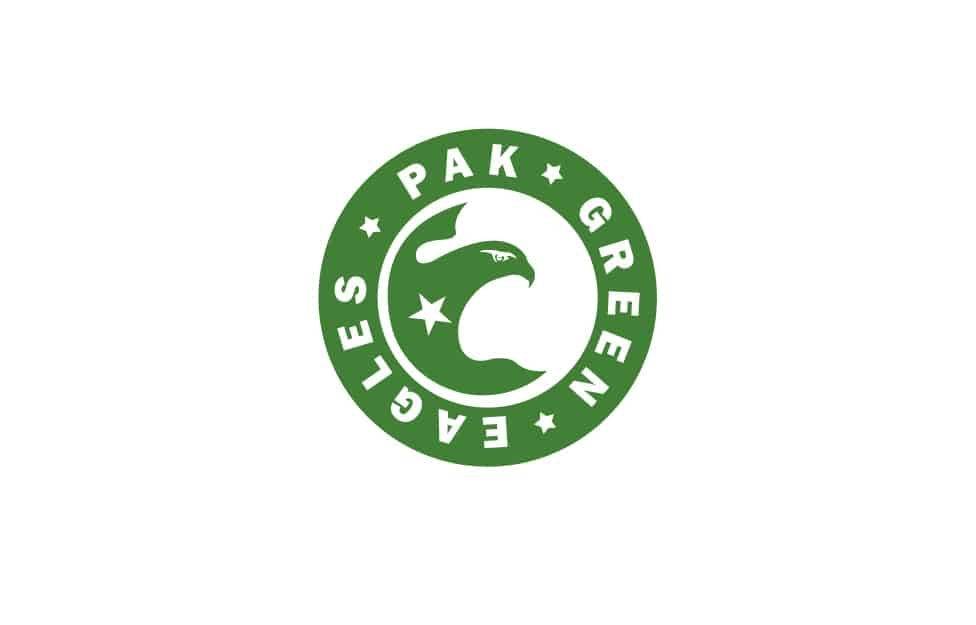
Creating a unique and eye-catching logo is essential for establishing your brand identity. Fortunately, there are several tools available that can help you bring your logo ideas to life.
Creating a logo involves more than design and branding. In a visual world, a logo defines a brand’s identity in a single, distinctive mark. Whether for a startup or a large organization, a well-designed logo may represent a brand’s values, build awareness, and connect with its audience.
Understanding the brand’s values is the first step in logo design. This first study examines the brand’s history, audience, and messaging. With this knowledge, designers sketch out the first designs that capture the brand’s essence and appeal to its target audience. This phase involves creativity and strategy as designers combine aesthetics with scalability and adaptability across mediums.
Logo simplicity is frequently best. A distinctive logo may be seen and understood on a billboard or smartphone screen. The art is simplifying complicated ideas to capture the brand’s essence. The apple with a bite out symbolizes innovation and wisdom, showing how simplicity can cement a brand in the common psyche.
Color theory is crucial to logo design. Different colors create different emotions and connections, affecting brand perception. A restaurant logo may use warm, welcoming colors to promote hunger, whereas a tech business may use chilly, futuristic colors. The logo must match the brand’s identity and appeal to the target audience by striking the proper color balance.
Typography is also important in logo design. Fonts might represent tradition, modernism, fun, or professionalism. Font legibility and aesthetics must be considered when adding text to a logo to avoid dominating it.
Logo design involves iteration. Designers create many prototypes to get stakeholder feedback and evaluate the logo’s adaptability across mediums. Feedback and modification are used to perfect the brand’s essence.
Let’s explore some of the top tools for creating a logo:
- Adobe Illustrator: Adobe Illustrator is a top logo design program. Its many tools and functions let you create great logos. Its vector-based features let you resize your logo without compromising quality. The flexibility of Adobe Illustrator makes it popular among designers.
- Affinity Designer: Another amazing logo design program is Affinity Designer. Its user-friendly design and many tools and effects let you create great logos. Affinity Designer lets you use vector or raster graphics for design elements. The alternative to Adobe Illustrator is amazing.
- Canva Logo Maker: A user-friendly logo creator tool is available on Canva. It offers several adjustable templates and features to help you design a logo. Canvas drag-and-drop editor lets you customize items. The simplicity and accessibility of Canva make it excellent for beginners.
- Turbologo: AI-powered Turbologo Logo Maker streamlines logo development. Machine learning algorithms produce logos depending on your tastes and industry. Customize the created logos to match your brand. Turbologo Logo Maker makes professional logos quickly.
- Looka: An all-in-one branding platform with a logo creator. The easy-to-use UI lets you design professional logos rapidly. Looka offers social media packages and website designs. Looka ensures brand consistency across platforms.
These tools provide a range of options to suit different design preferences and skill levels. Whether you are a professional designer or a beginner, you can find the right tool to create a logo that represents your brand effectively.
Remember, a logo is not just a visual element but also a representation of your brand values and identity. Take the time to explore different design ideas, iterate on them, and ensure that your logo reflects your brand’s unique personality.

Crafting words to inspire, engage and motivate. 10+ years of content writing, SEO, digital marketing and blogging experience. Ready to help your brand reach its potential!

